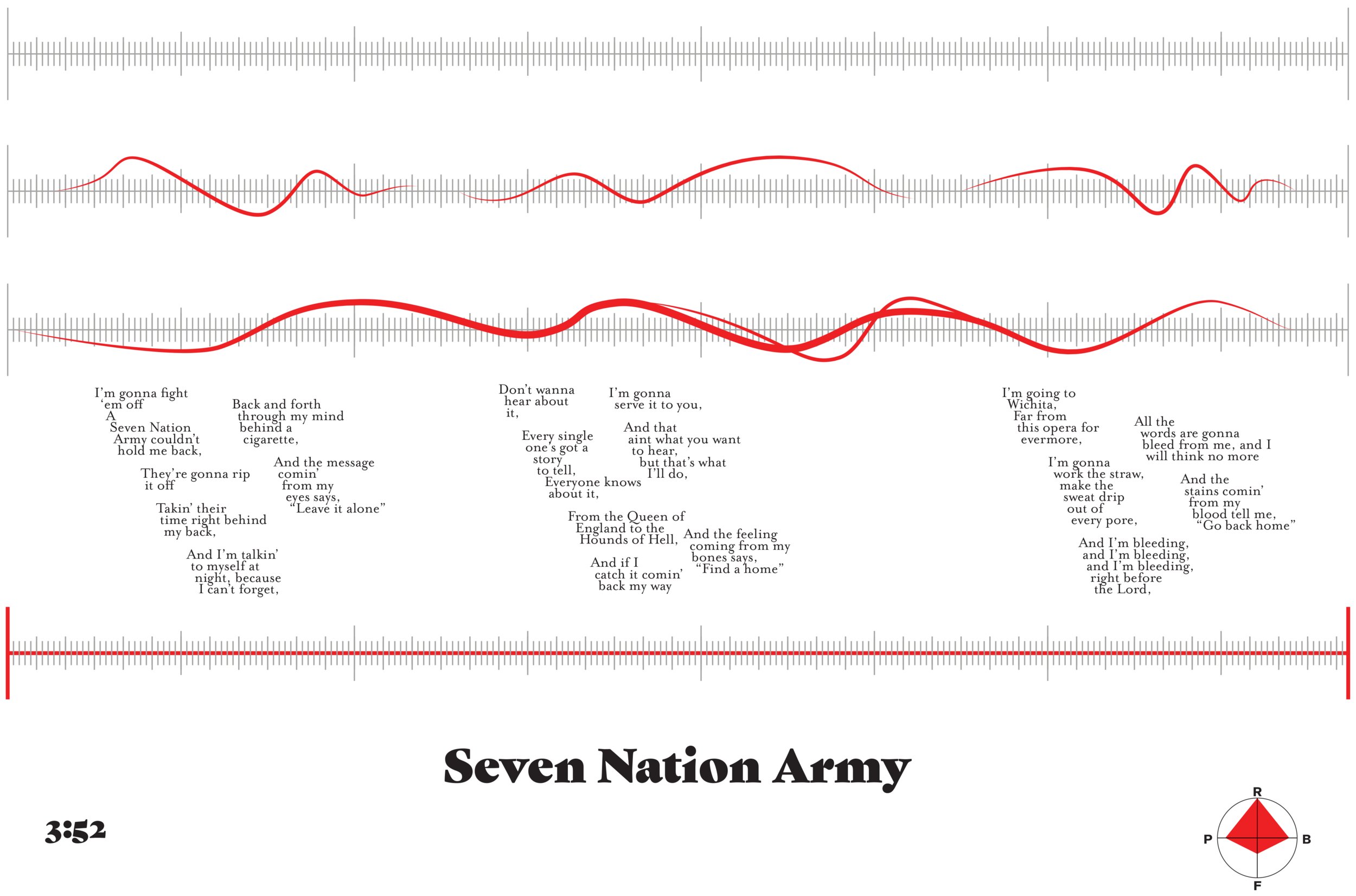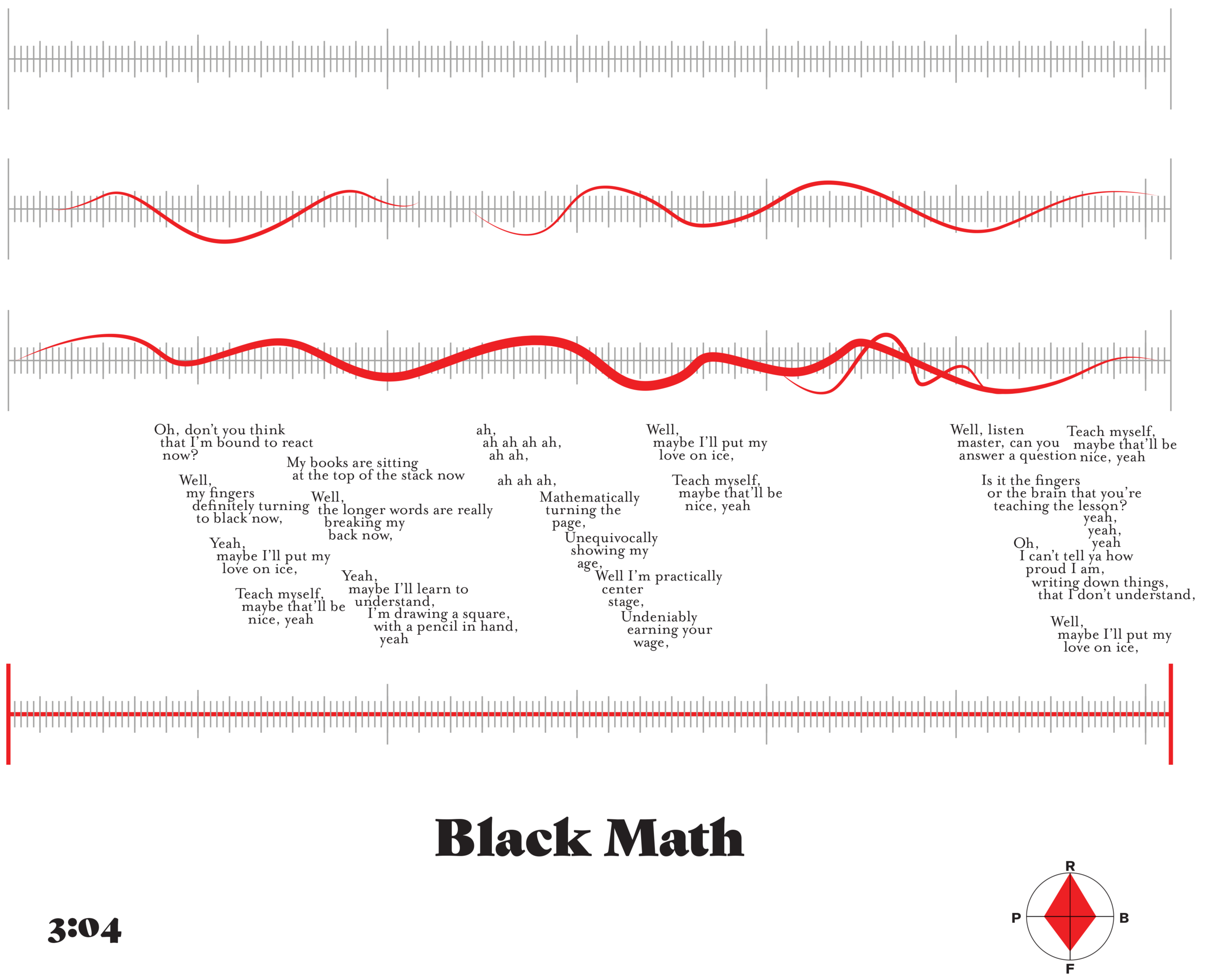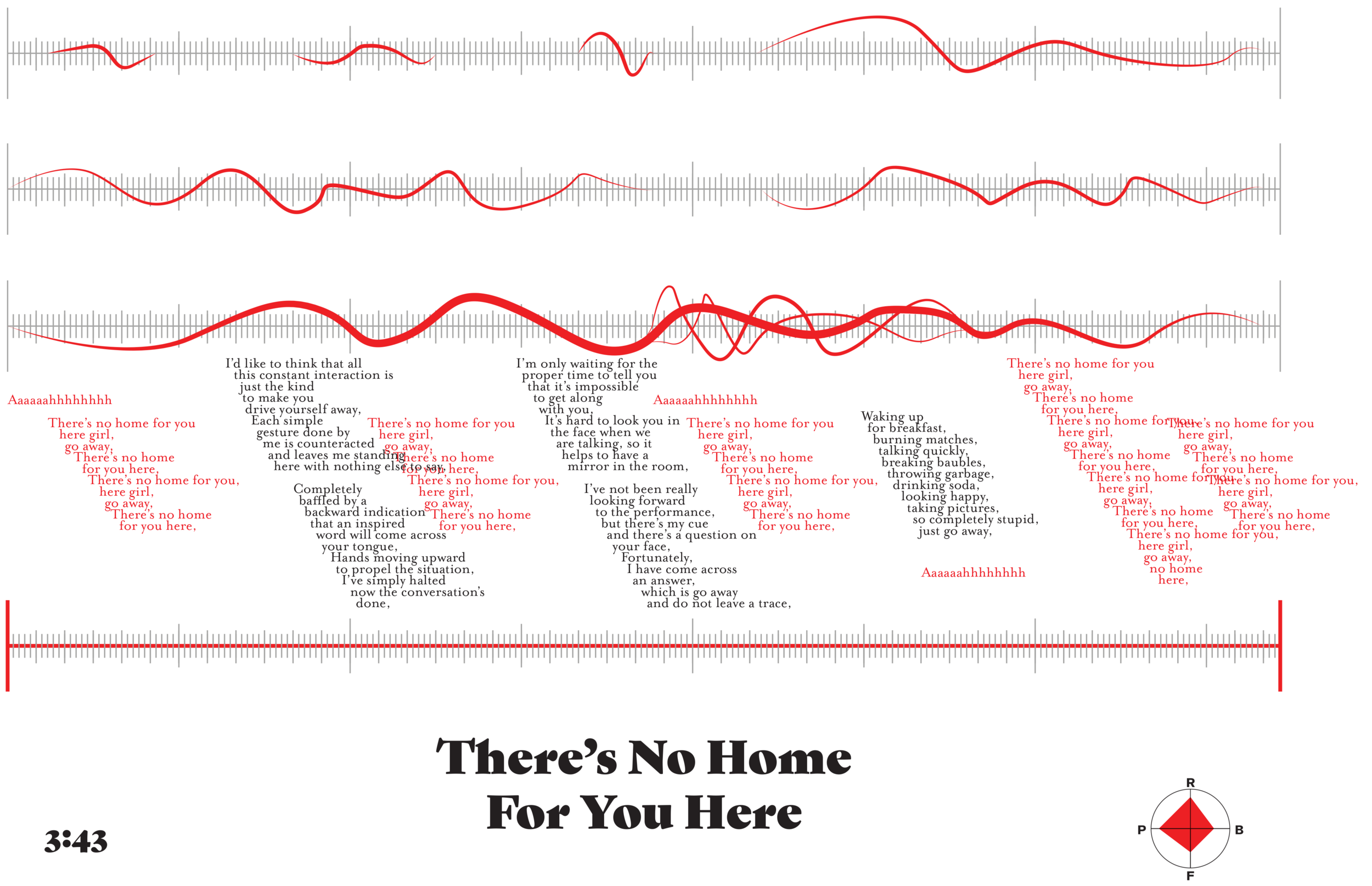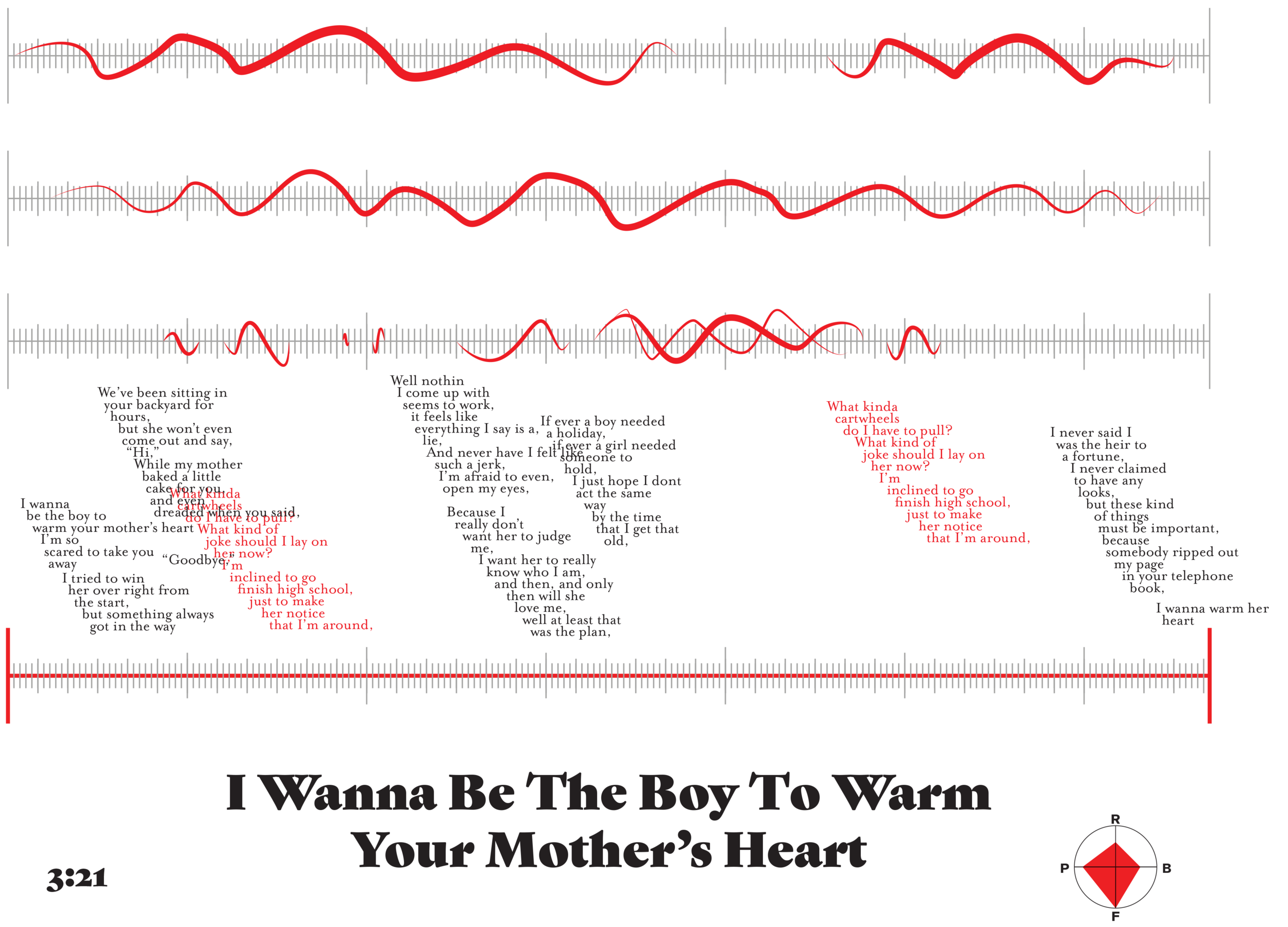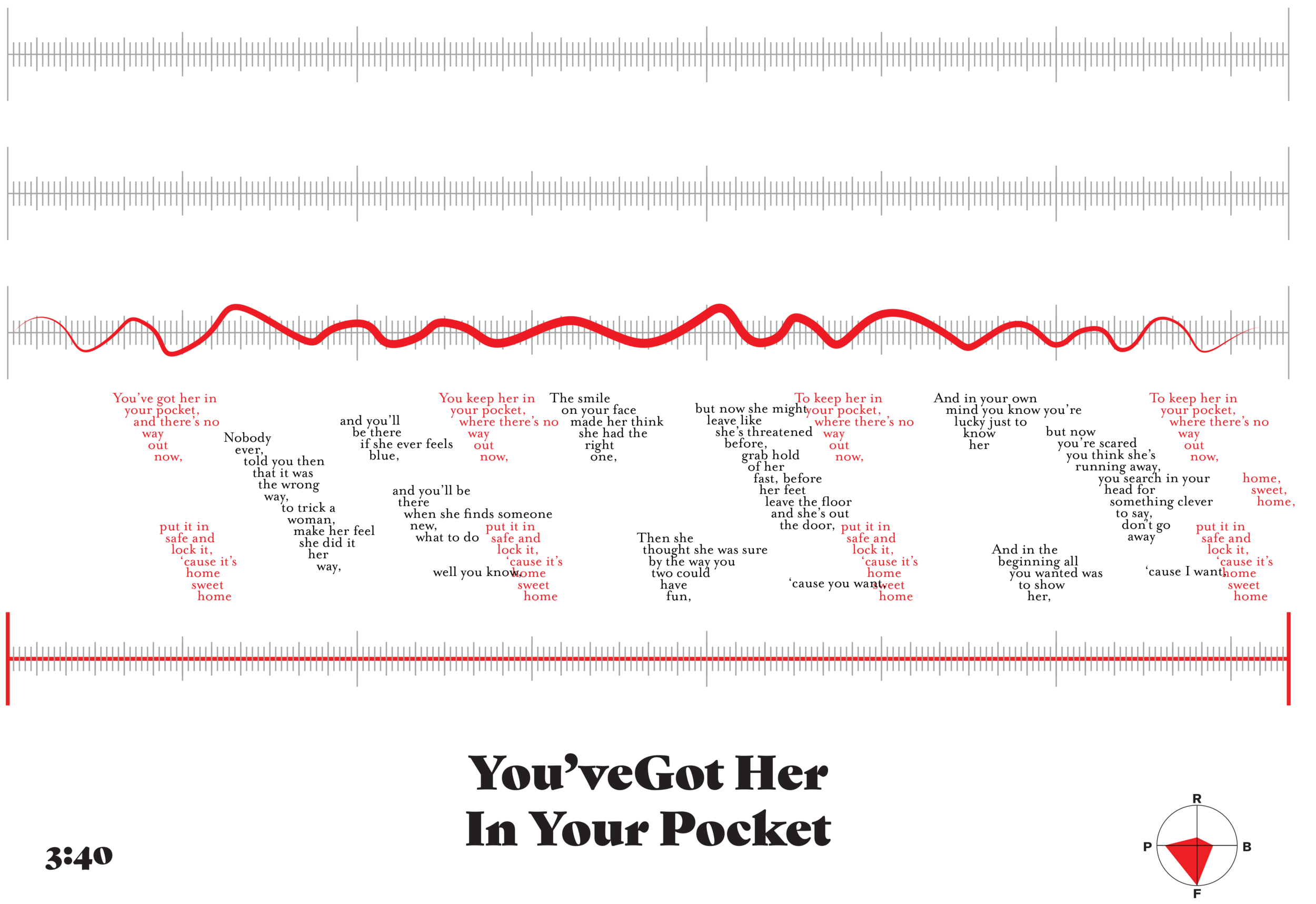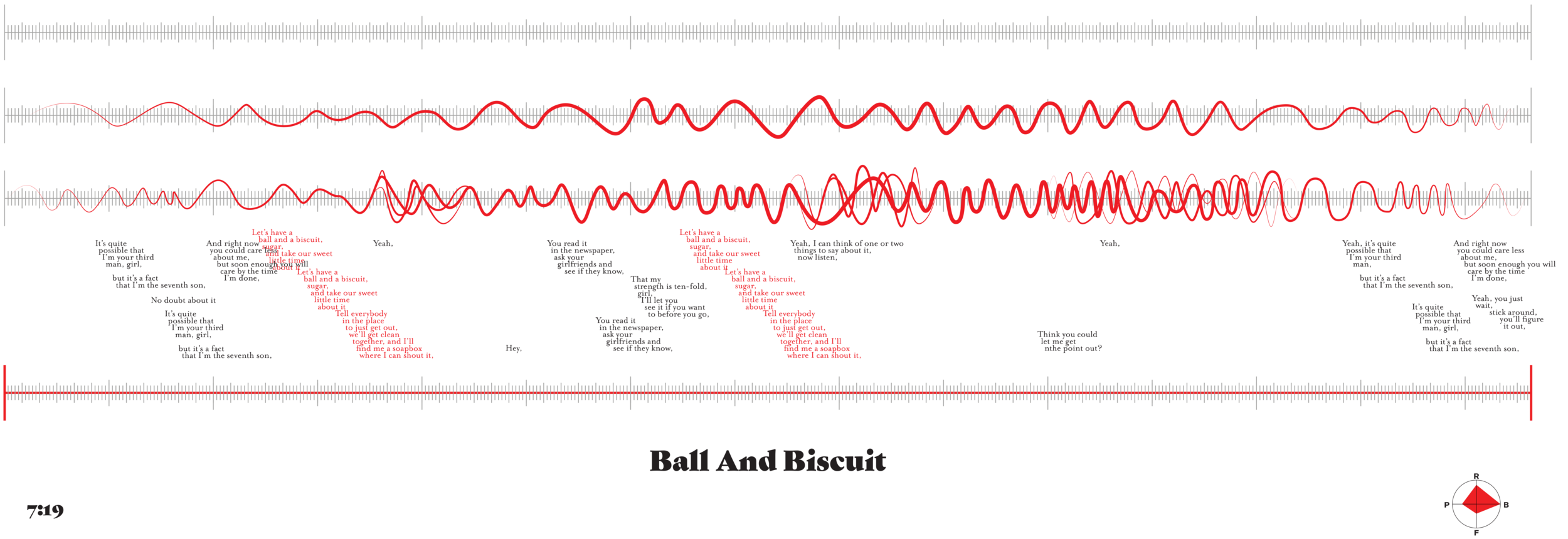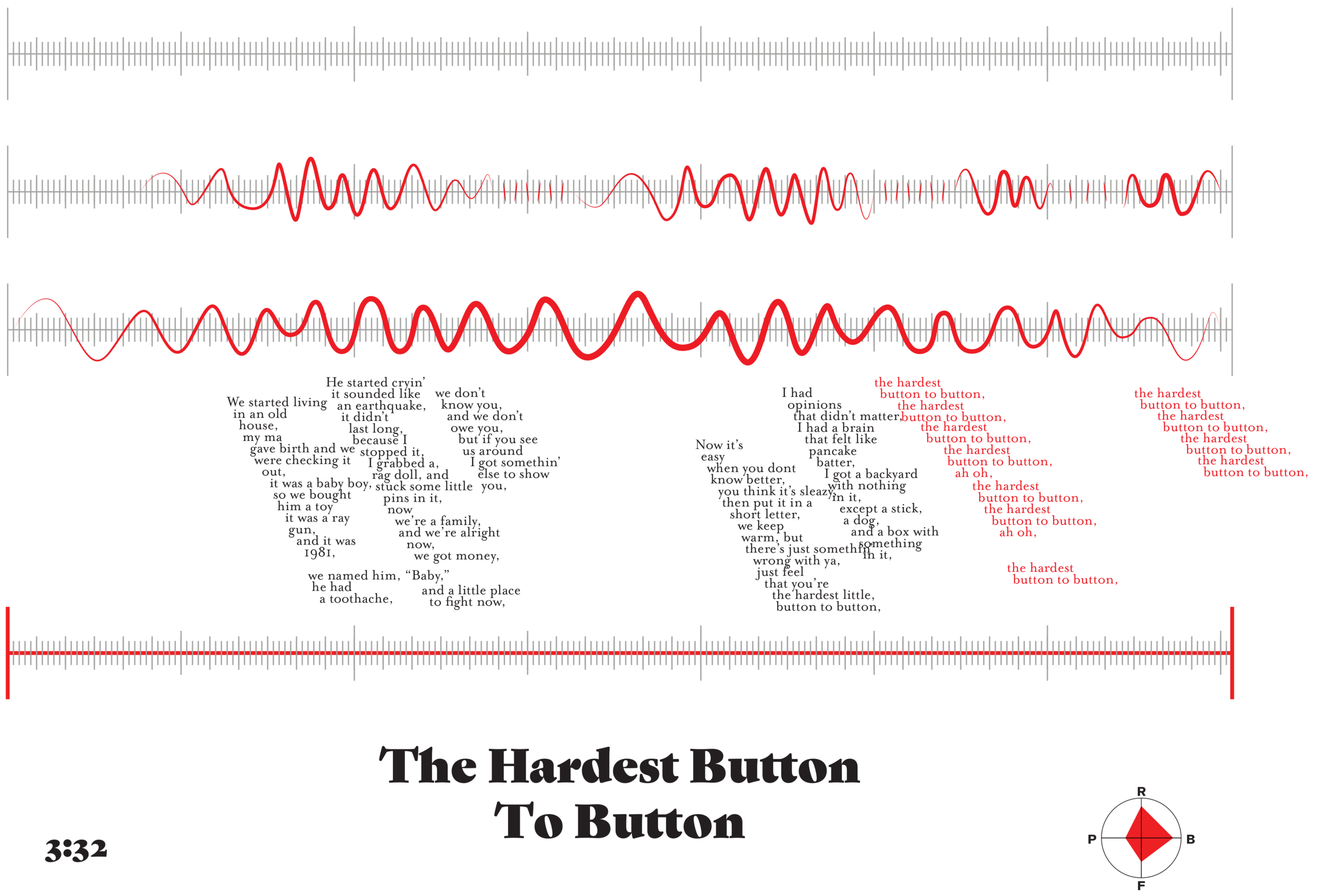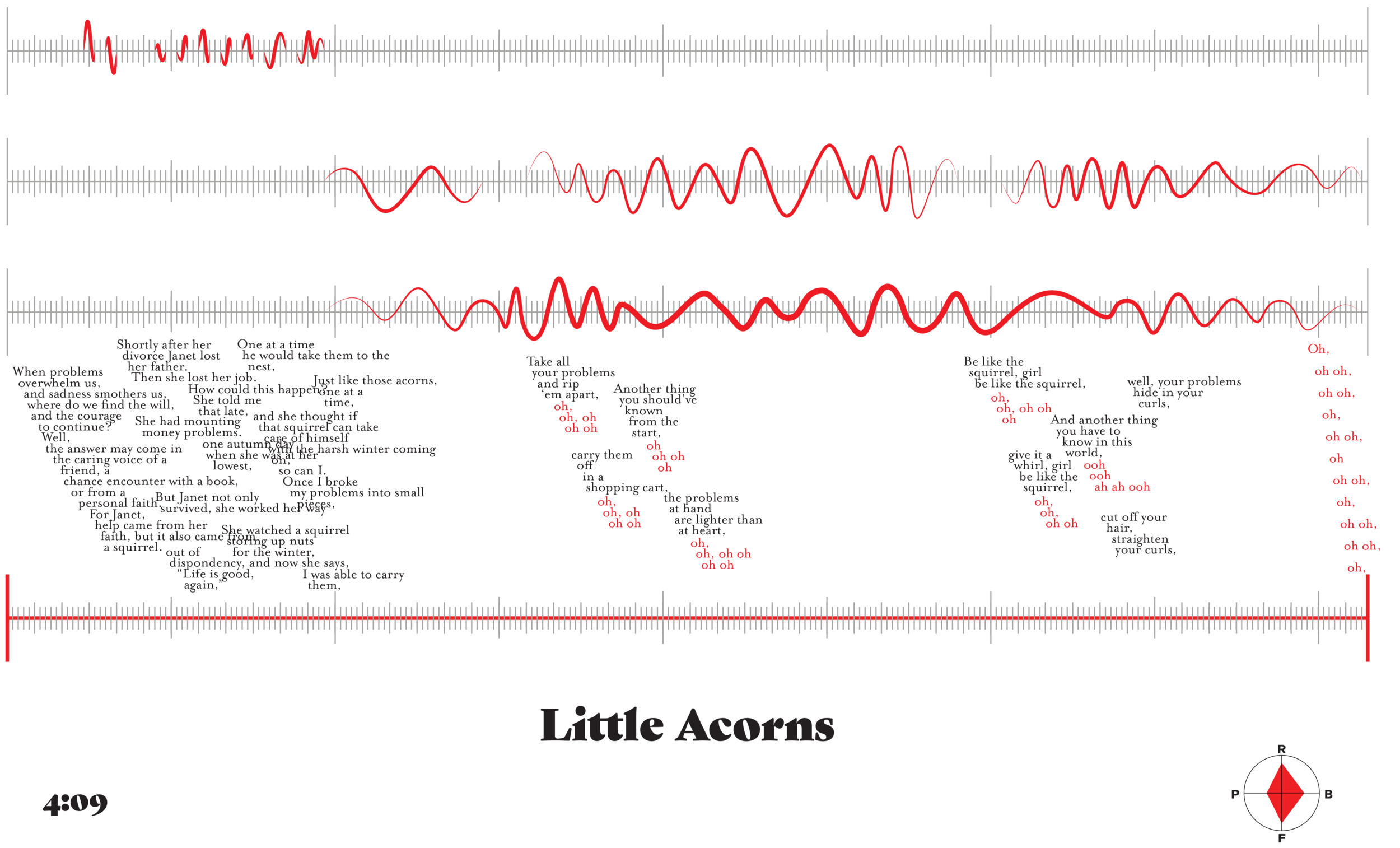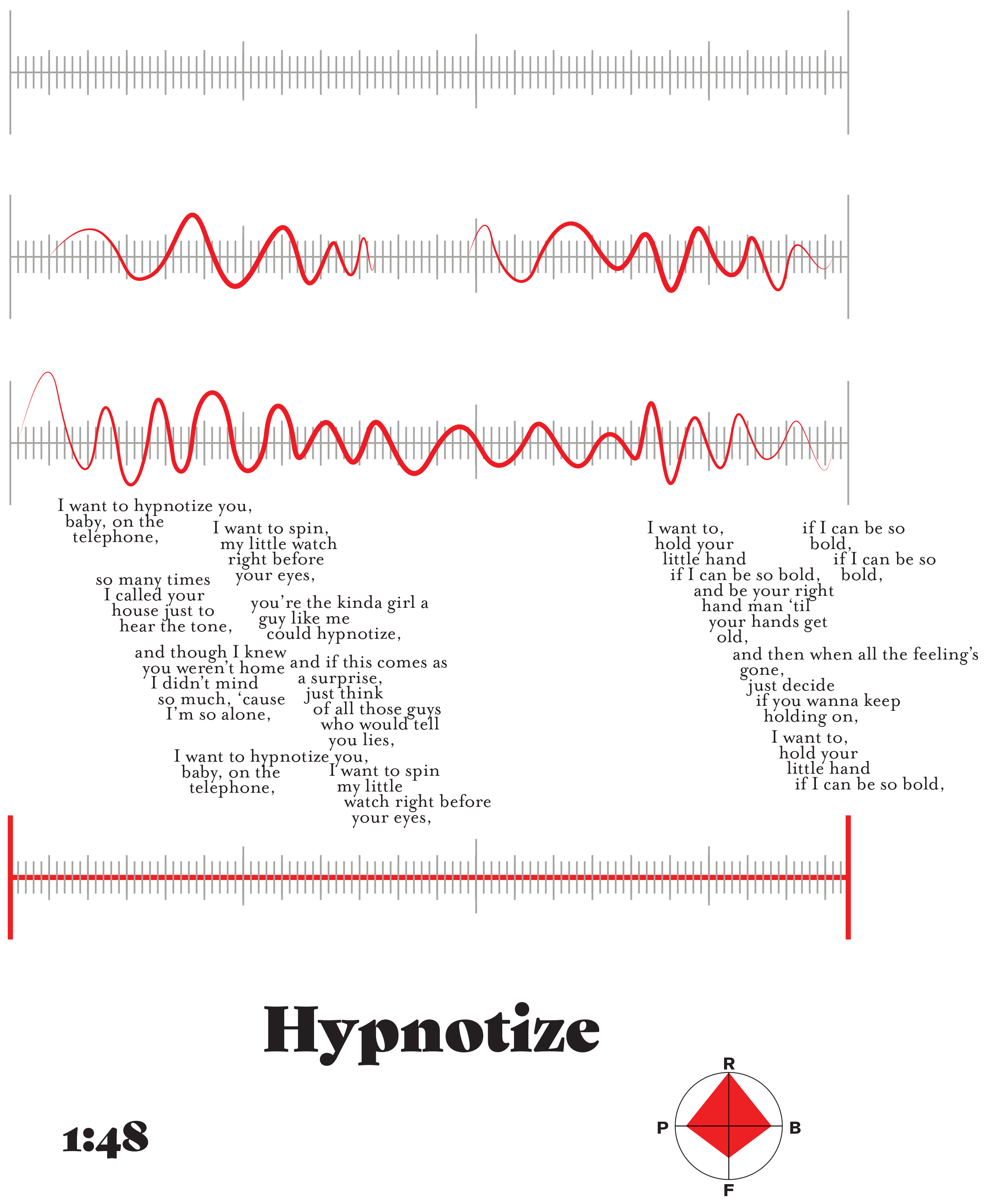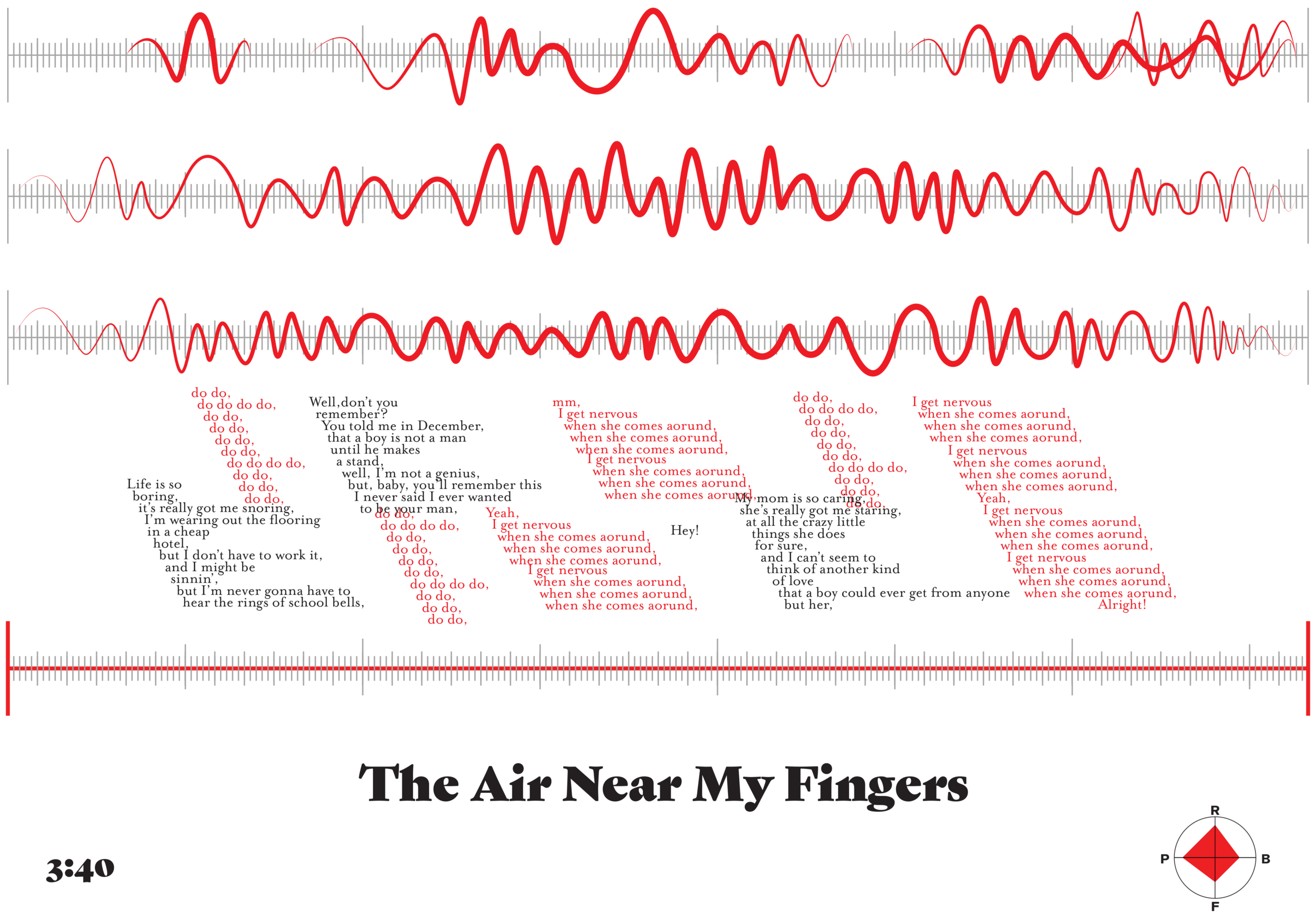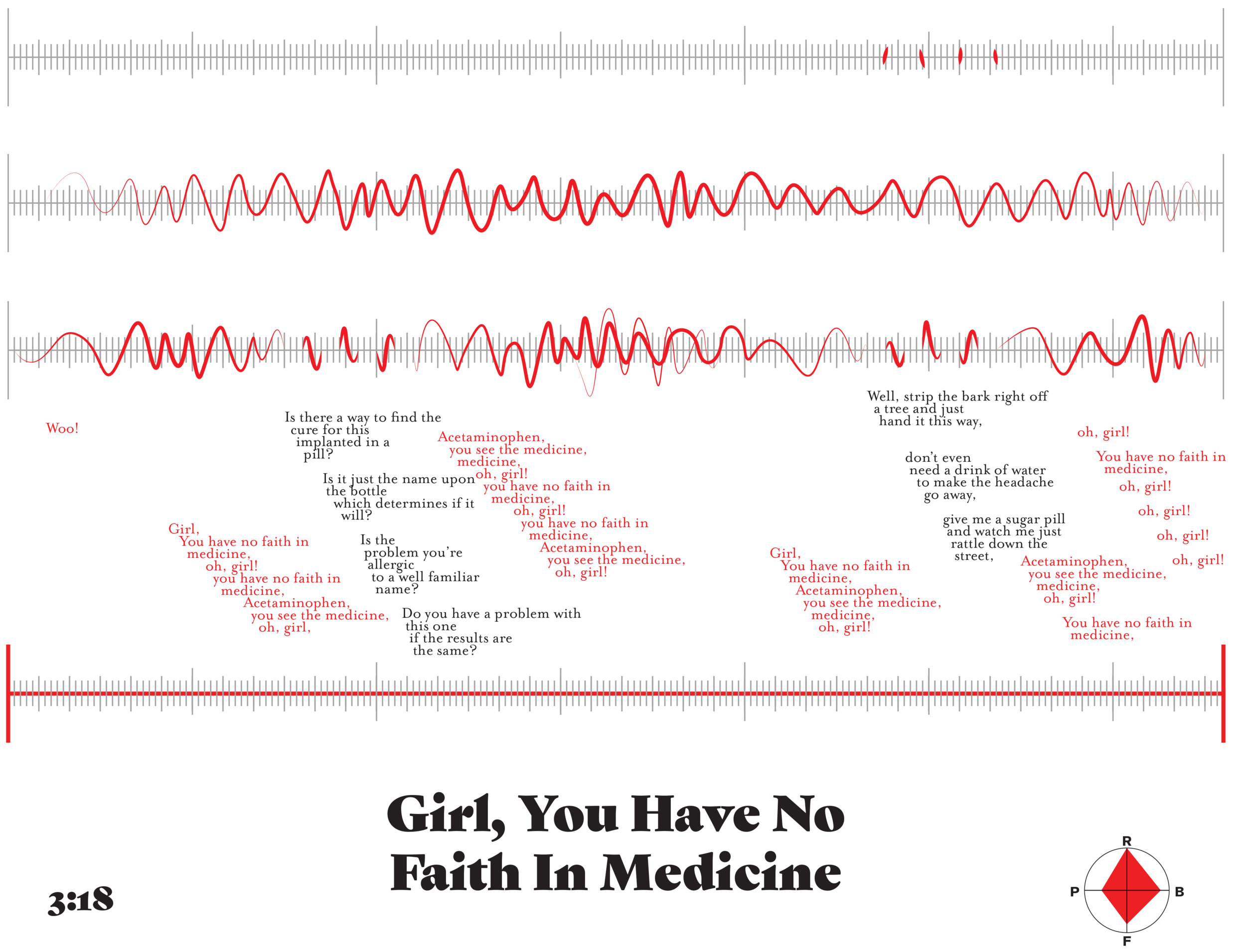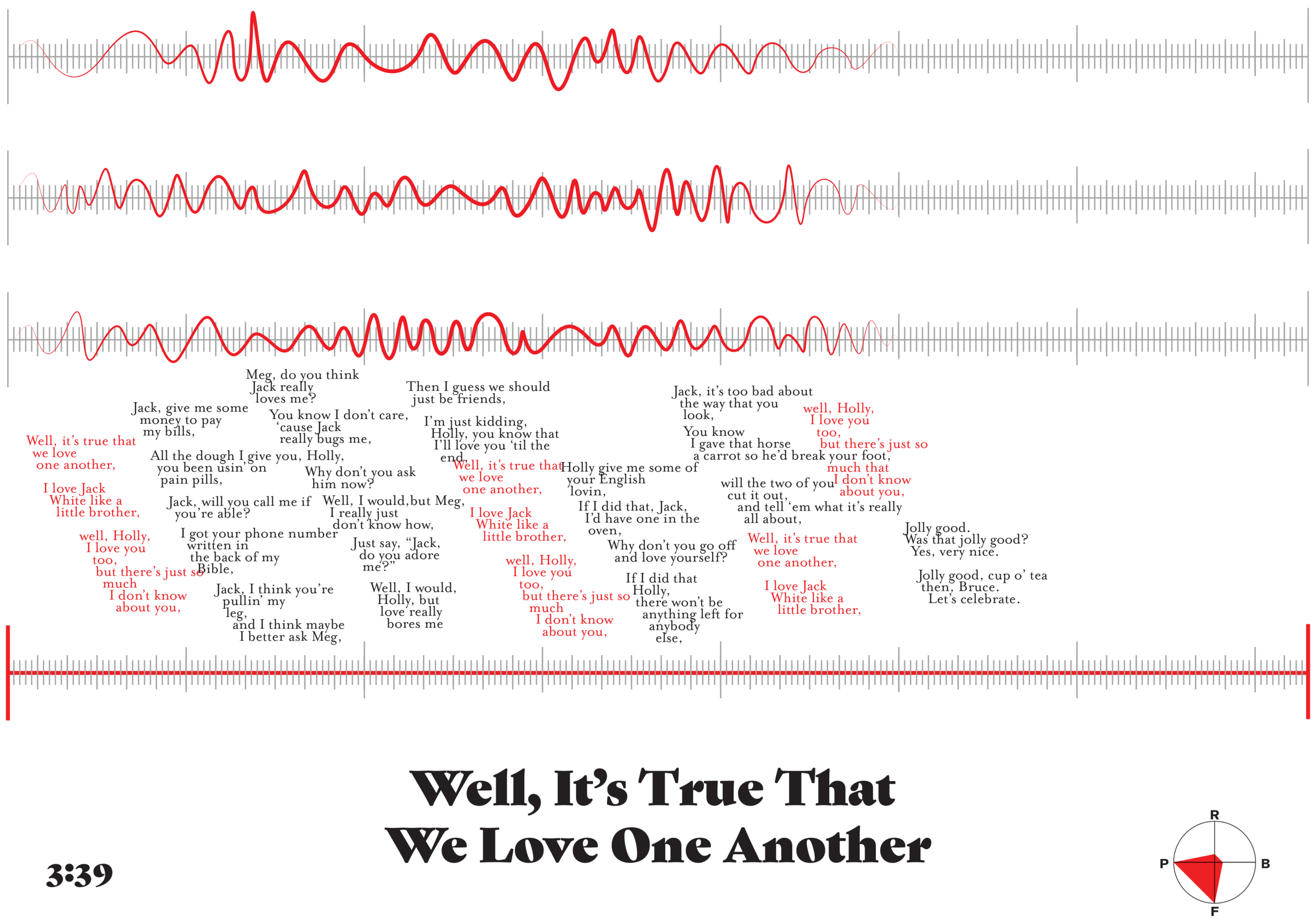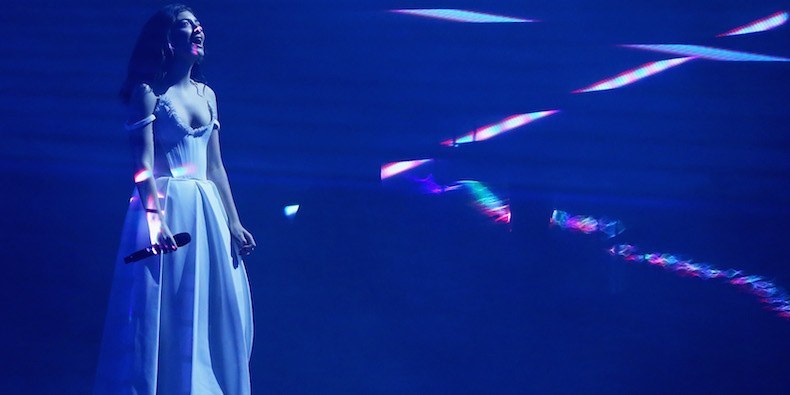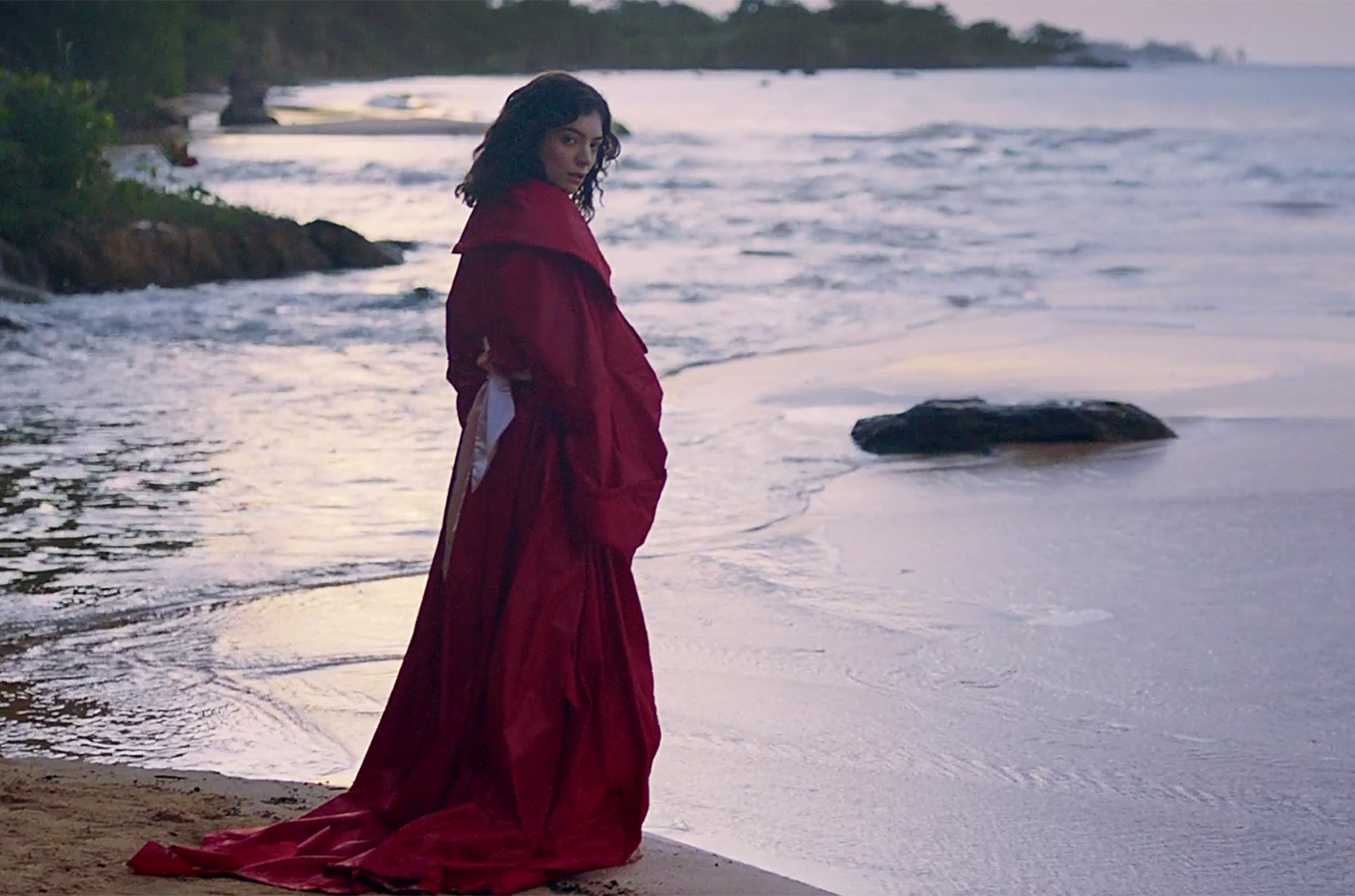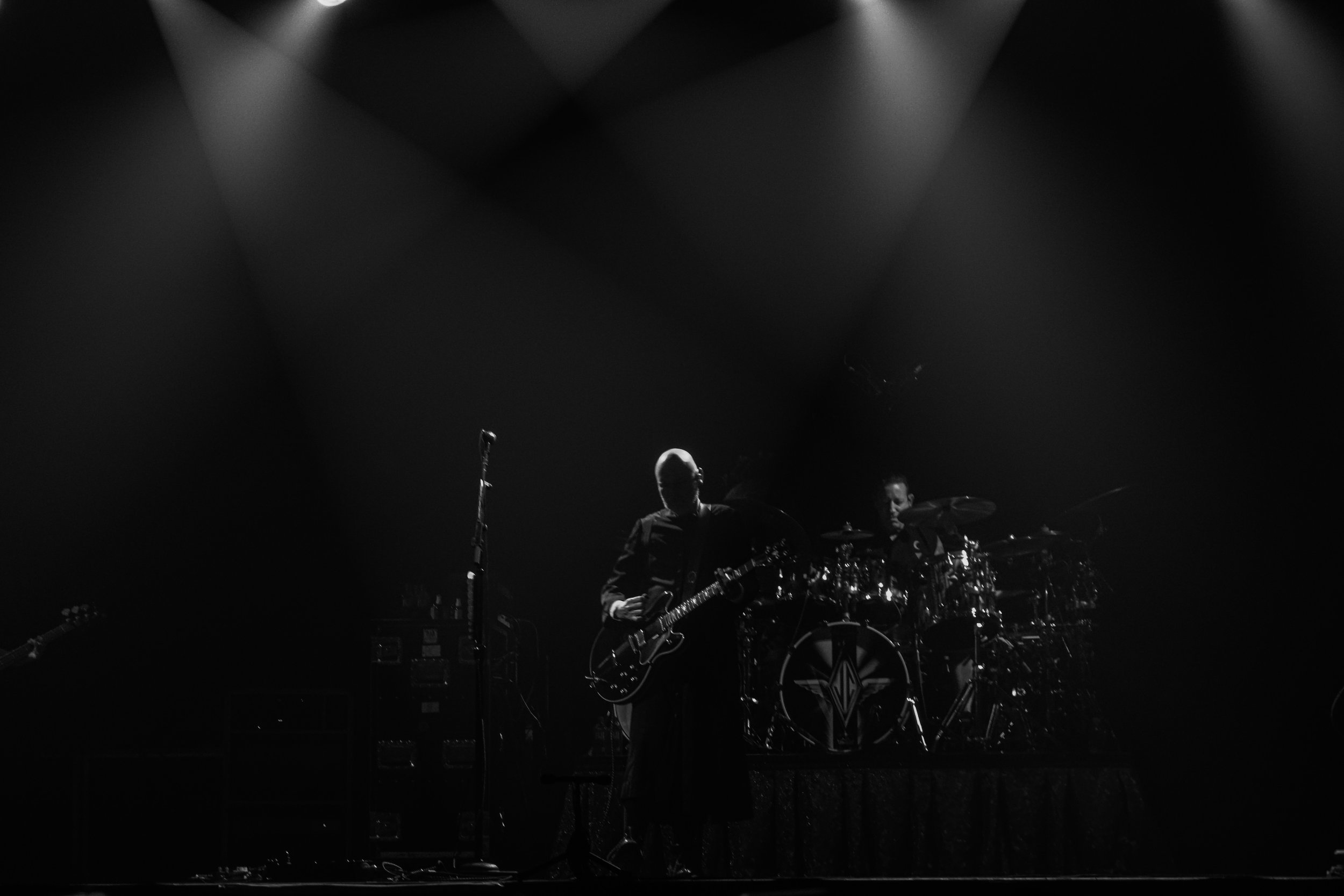A Guide to Supporting Bands in the Streaming Age
/The landscape for how music is consumed has changed unrecognizably in the past 10 years. When we started the label we were selling hundreds of CDs (imagine that?!). Nowadays streaming is a big focus and can make a huge difference to whether we break even on a release or not, and if a band gets heard outside their immediate scene. This isn't meant to be an attack on streaming, I'm a big fan, it's super convenient and I've discovered loads of great bands through Spotify. But the reality is payment rates for streams are tiny (£0.003-4 a play). 99% of streaming income goes to the top 10% of tracks and we're participating in a system which only works financially for those at the top and leaves those at the bottom unheard and unpaid!
It looks like that system is sticking around for a while, so here are a few ideas for how to support artists you like and try to level the playing field a bit.
Be An Active Listener
Playlists, algorithms, 'radio' playlists all work to highlight those lucky few who get handpicked or get enough data to enter the recommendation algorithms. If you never break that threshold you're destined to remain in '<1000' streams territory.
Listen
Listen to small artists, listen to ones you already like, actively check out ones you haven't heard, listen to their tracks in full (don't skip through), save their songs / albums to your library.
Use Playlists
Set up some playlists for songs you like, maybe separate them by genre. It doesn't matter if anyone apart from you listens to the playlist, Spotify picks up on what tracks are on the same lists together and will use that data for their recommendation algorithms.
Turn Off Auto Play!
You know when you finish listening to an album and it starts auto playing similar songs (usually from the lucky handful of top artists in that sub-genre)? It's nice not have an awkward silence, but it does serve to inflate the play count of those already popular artists. By not using it, you're choosing what to listen to and who to support.
Discover
If you're looking to discover new music, by all means check out Discover Weekly, Release Radar and other recommendation systems. But also try listening to your mates playlists, look through related artists, listen to what's come out recently on labels you like, check out what blogs are recommending, read reviews in zines / MAXIMUM ROCKNROLL / Razorcake, look through the Bandcamp homepage. There is endless good shit out there and the best stuff is not necessarily what's being directly recommended to you.
Share
The influence of traditional media is dwindling, the influence of online music websites is dwindling, how many people actually look outside their own social media bubble anymore? The reach of bands and business Facebook pages has basically dropped to nothing unless they're willing to pay for it.
Your personal social media probably has more influence on the tastes of your friends than anything else! If you like a song, tell your mates, if you like a video show your mates, if you're going to a gig invite your mates or at least encourage them to check out the bands. If you have a playlist of new music, share it with people! If you're at a gig, take a photo / video, stick it on Instagram (obviously try not to be obnoxious about it, we've all been stuck behind someone at a gig that can't put their fucking phone away). If you're playing a record at home stick a photo on social media.
If you do a blog / write reviews, I love you, you truly are doing awesome work! But it doesn't need to take that kind of time commitment to help share music, a simple repost and "If you like 'X Band' / 'Y Band"' type recommendation really helps.
Put Your Money Where Your Mouth Is
The reality is most artists aren't making any significant money from streaming. If you can afford to support in other ways it will make a huge difference to their ability to continue touring and continue making music. Music will always be created regardless of the financial returns, it's fun and its cathartic, but a healthy music economy means that making music isn't only for those privileged enough to have spare cash and spare time to put into it.
Buy The Record
I'm sure you've all heard about the so-called 'vinyl revival', and yes in total record sales are higher than they've been in years. But just because everyone's dad is buying Led Zep reissues at Tesco, the reality is small bands and labels are struggling. There are so many records coming out now, pressing turnaround times are going up, prices are going up. If you like physical music, buy that record you've been streaming constantly!
Buy Advance Tickets to Gigs
Touring is pretty much the only consistent revenue stream for most bands! So go see them, buy advance tickets when the shows get announced, and try to bring some of your mates along. Services like Songkick do a great job of emailing you when bands you've been listening to on Spotify / Apple Music are playing nearby, so sign up for that as well as actively looking at venue listings and following local promoters.
Buy Merchandise
Apart from touring, merch is probably the next most lucrative way bands have to make money. So pick something up at a show, check out their Bandcamp page and see if you can order online.
I know some of this shit is obvious, and hopefully this isn't teaching you how to suck eggs! You have more power than you think to help out musicians you like, and it doesn't take a huge amount of time or money. No one's getting rich off this shit, bands you perceive to be doing well are probably still struggling, your support & enthusiasm can mean the world.
I love talking about this kind of stuff so if you have any thoughts / ideas hit me up - andrew@specialistsubjectrecords.co.uk
A PDF of this is available free at shop.specialistsubjectrecords.co.uk. Words by Andrew Horne, layout by Kay Stanley. Specialist Subject Records is an independent record label and shop based in Bristol UK. Follow them on Twitter here.





